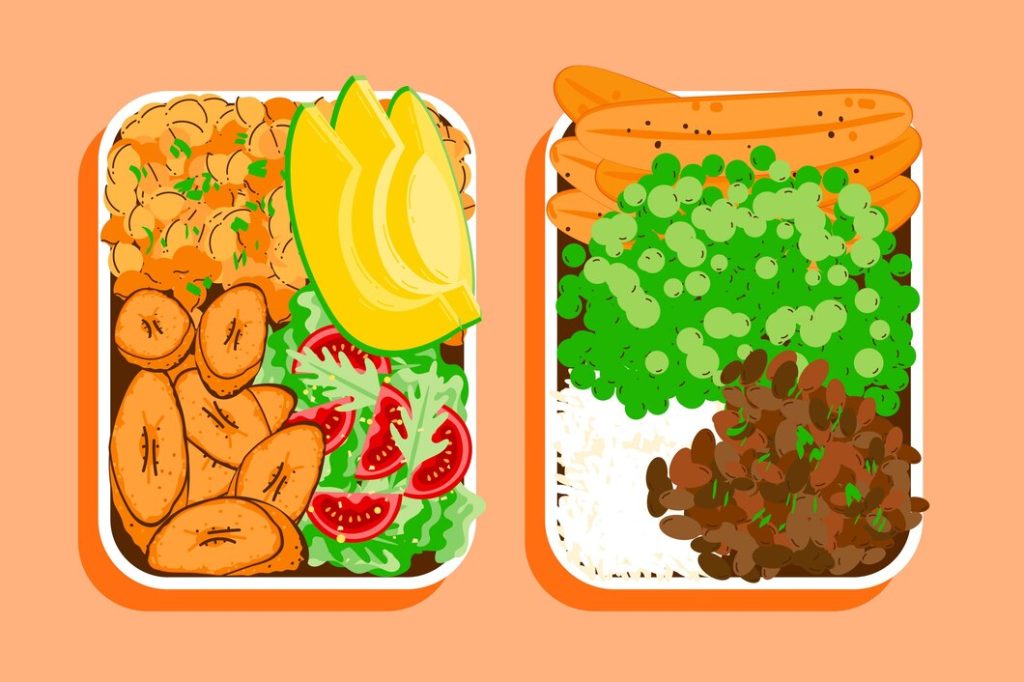Introduction
Cooking is more than just a daily chore; it’s a form of art that lets you explore creativity, flavors, and unique presentations. If you’re ready to move beyond the basics and open your inner chef, this guide will introduce you to some unique cooking techniques to try. Whether you want to impress your guests or simply enhance your culinary skills, these innovative methods will help you unlock new levels of taste and texture.

1. Sous Vide: Cooking to Perfection
Sous vide, a French term meaning “under vacuum,” involves sealing food in a bag and cooking it in a water bath at a precisely controlled temperature. This method ensures even cooking and preserves moisture, resulting in perfectly tender and flavorful dishes every time.
How to Use Sous Vide:
- Season your food (meats, vegetables, or eggs) as desired.
- Seal it in a vacuum bag to remove air.
- Submerge in a water bath set to the target temperature.
- Cook for an extended period—often several hours depending on the dish.
Benefits of Sous Vide:
- Precise Control: Avoid overcooking and retain nutrients.
- Enhanced Flavor: Seasonings and herbs penetrate deeply, enhancing taste.
Sous vide is ideal for creating restaurant-quality steaks and delicate seafood with minimal effort.
2. Reverse Searing: A Unique Cooking Technique to Try for Steak Perfection
Reverse searing is a technique that flips the traditional searing process. Instead of searing first and finishing in the oven, you start by cooking your meat slowly in the oven and then give it a quick, high-heat sear to create a perfect crust.
Steps for Reverse Searing:
- Preheat your oven to a low temperature (around 275°F or 135°C).
- Season your steak generously with salt and pepper.
- Cook the steak in the oven until it reaches an internal temperature just below your desired doneness.
- Sear it quickly in a hot skillet or grill for a few minutes on each side.
Why Reverse Searing Works:
- Even Cooking: Prevents overcooking on the outside while the inside remains underdone.
- Perfect Crust: Achieves a rich, caramelized exterior without drying out the meat.
Reverse searing is great for thicker cuts of meat like ribeye or tomahawk steaks.
3. Flash Freezing: Preserve Freshness and Flavor
Flash freezing involves quickly lowering the temperature of food to freeze it rapidly, preserving its texture, color, and nutrients. This technique is commonly used for fruits, vegetables, and seafood to maintain quality until you’re ready to cook.
How to Flash Freeze:
- Place food in a single layer on a baking sheet lined with parchment paper.
- Freeze for a few hours until solid.
- Transfer to an airtight container or vacuum-sealed bag for storage.
Benefits of Flash Freezing:
- Retains Texture: Prevents large ice crystals from forming, which can alter texture.
- Maintains Nutrients: Minimizes nutrient loss compared to slow freezing.
Flash freezing is perfect for meal prepping or preserving seasonal produce.
4. Infusion Cooking: Flavoring Beyond the Basics
Infusion cooking involves extracting and transferring the flavors of herbs, spices, or other ingredients into oils, vinegars, or liquids. This method allows you to add complex flavors to your dishes with minimal effort.
Techniques for Infusion:
- Oil Infusion: Heat olive oil with garlic, chili peppers, or herbs.
- Liquid Infusion: Use a French press to steep herbs and spices into broths or milk.
- Alcohol Infusion: Steep fruits, herbs, or spices in vodka or whiskey to create flavorful cocktails.
Why You Should Try It:
Infusion cooking opens up a world of possibilities for adding gourmet touches to simple dishes. Use infused oils for salad dressings or drizzle over roasted vegetables to instantly elevate your meal.
5. Smoking: Adding Depth to Your Dishes
Smoking is a technique that uses low heat and wood smoke to add a deep, rich flavor to meats, fish, and even vegetables. While traditionally done with a smoker, you can achieve similar results using a stovetop smoker or a grill.
Types of Smoking:
- Hot Smoking: Cooks and flavors food simultaneously at 165°F–185°F (74°C–85°C).
- Cold Smoking: Infuses smoke flavor without cooking, ideal for cheese or raw fish.
How to Smoke at Home:
- Choose your wood chips (e.g., hickory, mesquite, or applewood).
- Soak the wood chips for 30 minutes to prevent burning.
- Set up your smoker or grill and maintain a steady temperature.
- Smoke your food slowly until it reaches the desired doneness.
Why It’s Worth It:
Smoking adds a unique depth of flavor that you can’t achieve through other methods. It’s perfect for backyard barbecues or for adding a professional touch to homemade dishes.
6. Salt Baking: Sealing in Moisture and Flavor
Salt baking is an ancient cooking technique where food is encased in a thick layer of salt dough or a salt crust and baked. The salt forms a hard shell that seals in moisture, resulting in tender and juicy dishes.
How to Salt Bake:
- Mix salt, flour, and water to create a firm dough.
- Cover your food item (fish, chicken, or vegetables) completely in the dough.
- Bake at high heat until the dough forms a hard shell.
- Crack open the shell and discard before serving.
Benefits of Salt Baking:
- Intense Moisture Retention: Locks in natural juices and prevents drying out.
- Mild Seasoning: Imparts just the right amount of saltiness without overpowering.
Salt baking is particularly popular for preparing whole fish and root vegetables.
Conclusion: Open Your Inner Chef with These Unique Techniques
Trying these unique cooking techniques to try can breathe fresh life into your kitchen routine and unlock new flavors and textures you never knew existed. From sous vide precision to the aromatic charm of smoking, each of these unique cooking techniques offers something special. Incorporate them into your culinary repertoire to impress family and friends, and most importantly, enjoy the creative process. So, pick one of these techniques today, and open your inner chef!
References
- Sous Vide Techniques: An Overview. Serious Eats. (2023). https://seriouseats.com
- The Science of Smoking Food. The Spruce Eats. (2022). https://thespruceeats.com
- Flash Freezing Explained. National Center









